
Another Fabulous Screen-Free Week: More Friends, Family, and Fun in 2022
We were so excited to hear about your amazing experiences during Screen-Free Week 2022! From Nicaragua to Scotland to San Diego, tens of thousands of people relished in the “joy of missing out” from May 2 – 8. After the pandemic and resulting increases in screen time, it was so important to be gentle with ourselves this year. Perfection is NOT the point, and it’s clear that participants made the most of their screen-free time.
Want to keep screen breaks a regular part of your life? Check out our Screen-Free Saturdays resources! And save the date for Screen-Free Week 2023, May 3-9!
What did celebrations look like this year?
The best part of Screen-Free Week is the diversity and variation of celebrations. Some families spent the week on the beach, at the library, or in their own backyards. Often, schools and communities spearhead the celebration; in fact, one Wisconsin community hosted over 15 Screen-Free Week events this year! Below, check out these inspiring stories and photos from participants:
“We left behind our screens and had an unforgettable family adventure, camping at a national seashore for 5 days. Our girls saw tons of wildlife including armadillos, crabs, wild horses, manatees, a shark, and crabs. They spent long, unstructured days beachcombing, exploring ruins, playing in the waves, building sandcastles, climbing trees and making boats out of fallen leaves and bark. We reconnected with cousins and grandparents around the campfire. We laughed together when my sister caught a minnow between her toes, commiserated over mosquito bites, and gazed in wonder at a nest a bird had built in an open backpack pocket which had been undisturbed for 3 days—complete with a freshly laid egg! We didn’t miss the screens. Instead of living vicariously, watching adventures on a screen, we lived one!” –Emily, UT
“When I first mentioned Screen-Free Week to our students, they were asking all sorts of questions.. “How can we do this? What, no computer?, No technology? No iPads?” and on an on…Fast forward to the last day of the week: “Hey, Mrs. Baughman, can we do this again next week?” I’d say this Screen-Free Week made a lasting impact on our students. I plan to participate next year as well!” –Star, NC
“Our elementary school planned a screen free activity for each day of the week. The first day was an at home scavenger hunt, the 2nd day was a STEM night at the school, where we did 4 low tech STEM activities. The 3rd night we did a rock painting and sidewalk chalk night with out art teacher at the school to add rocks to our rock garden. The 4th night we held a pajama storybook night at the school, where teachers read to students throughout the school while in. their pajamas. The last night was an ice cream party at a local ice cream shop. We had over 100 students participate every night and 20 teachers help throughout the week.” -Bonne, NJ
“One thing we did without any stress was having meals together without staring at electronics. We will keep the rule and continue having meals together without screens. This was a great experience and we will try to limit screen time in the future.”–Sandra, MD
We’re thrilled to see all of the amazing experiences people had during Screen-Free Week. Take a look at the many ways people celebrated (plus more pictures) below. Thanks to everyone for participating and sharing your stories!
- Making baby quilts
- Taking Grammie out to lunch
- Attending a church bonfire
- Playing with legos
- Reading, reading, reading!
- Practicing the flute
- Roasting hot dogs over the fire
- Celebrating Mother’s Day
- Swimming in creeks and lakes
- Pajama storybook night
- Building forts
- Designing fairy houses
- Playing with dolls
- Horseback riding
- Drawing/making art
- Flag football!
- Going to the zoo
- Rock painting
- Scavenger hunts
- Hiking by candlelight
- Playing with puppies
- Spending time with friends
- Attending an art show
- Looking through a telescope
- Barbecue and ice cream!
- Racing through obstacle courses
- Planting flowers
- Celebrating Cinco de Mayo
- Dancing in the park
- Visiting museums

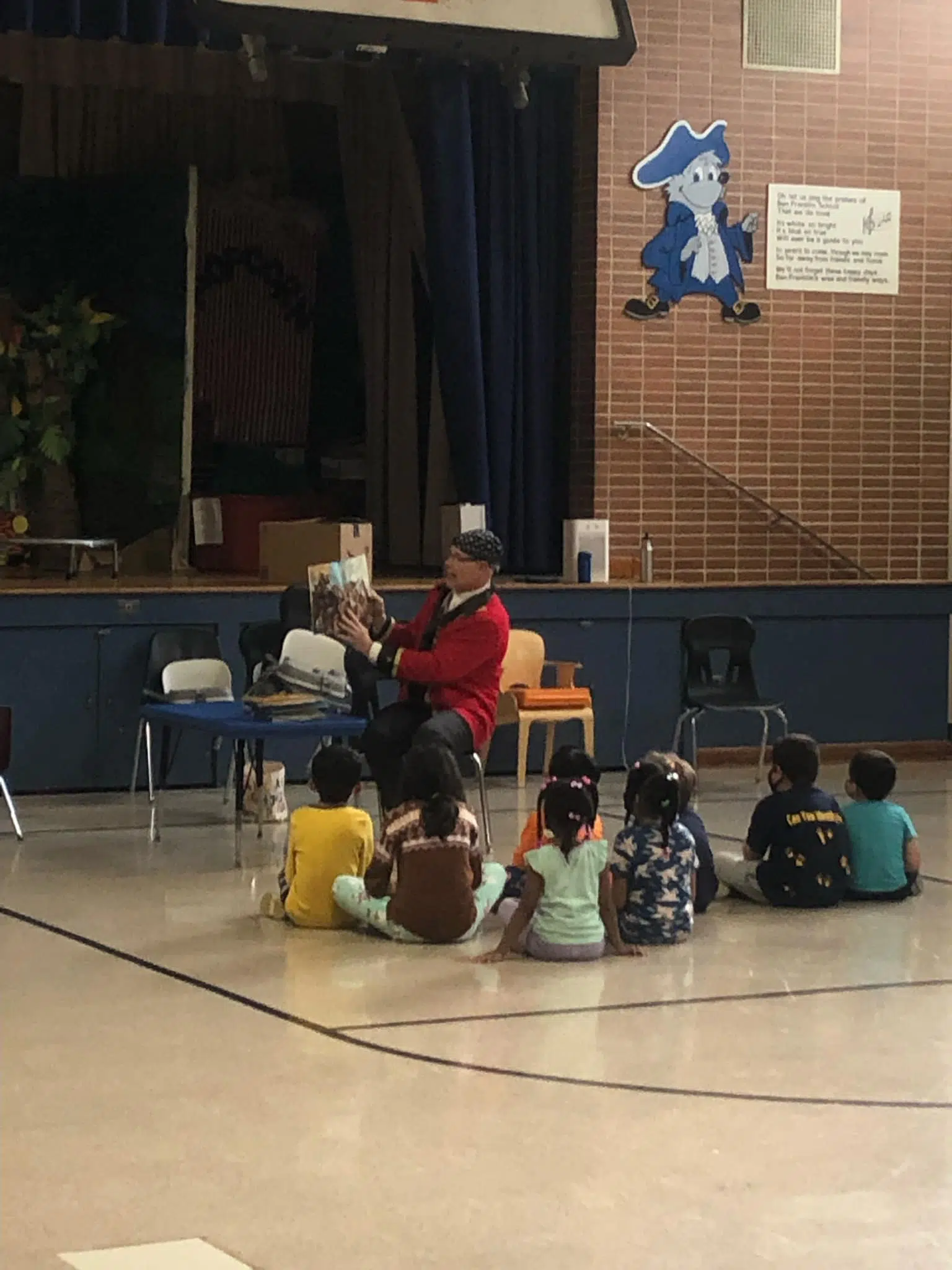

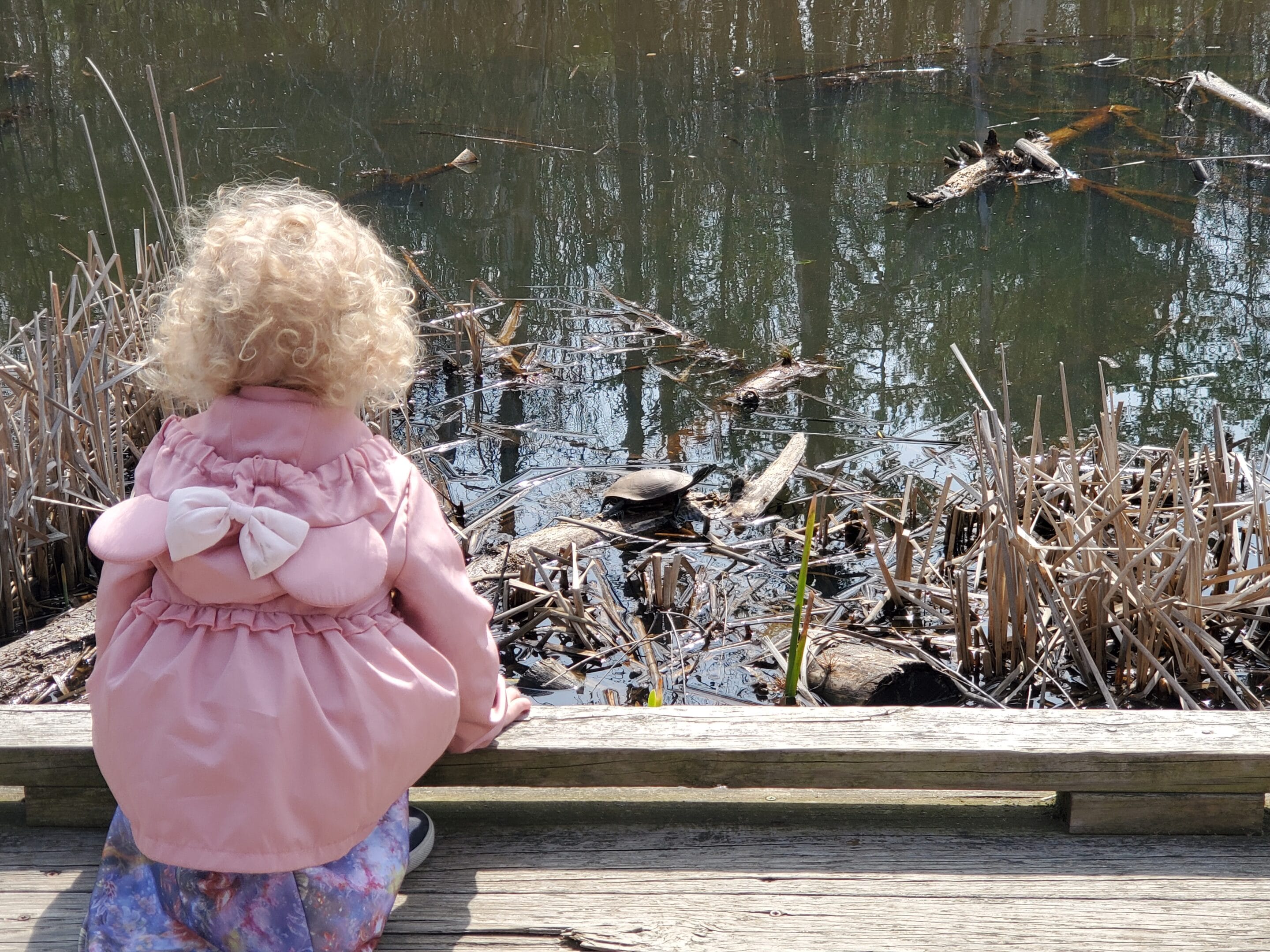
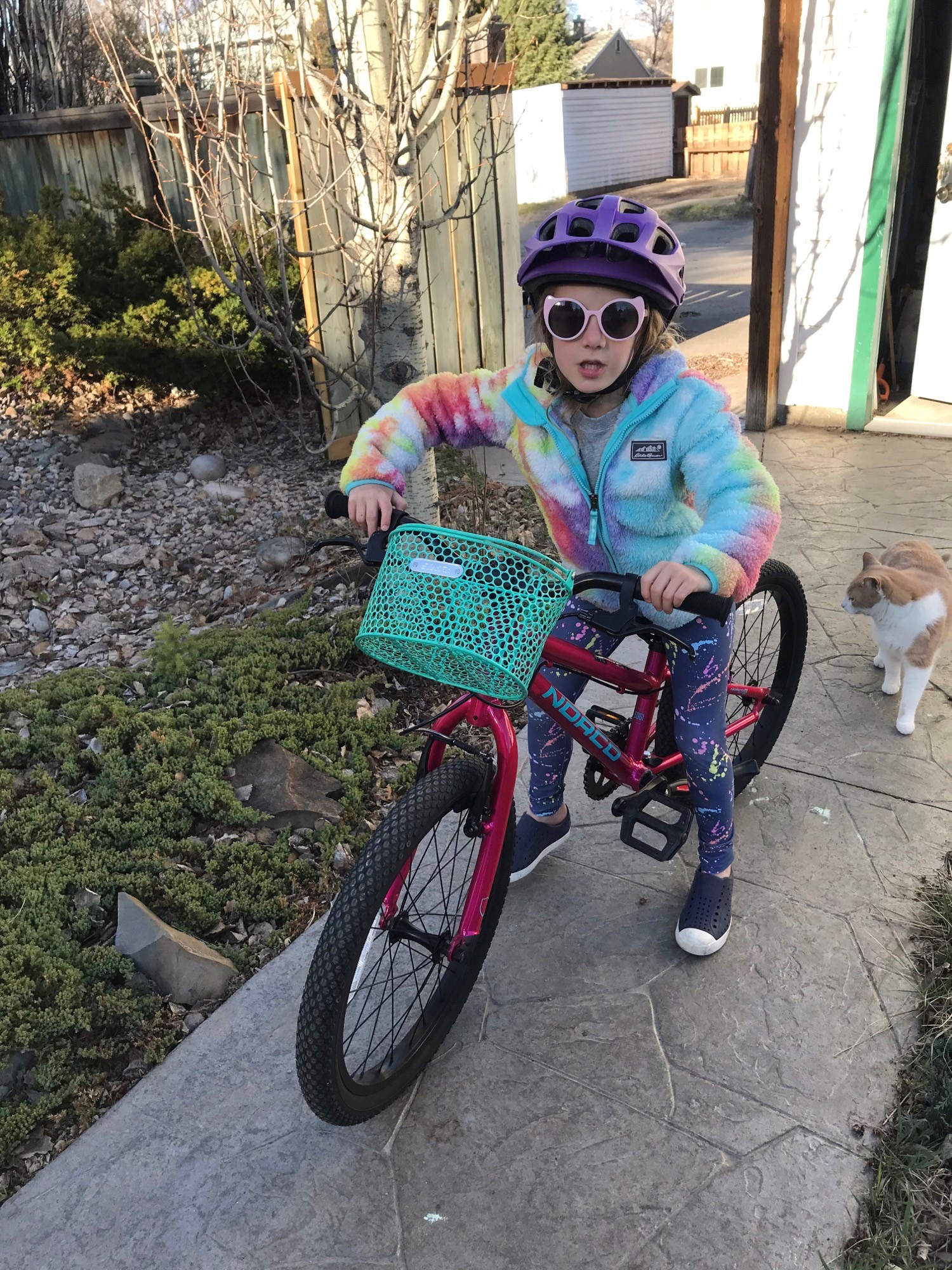


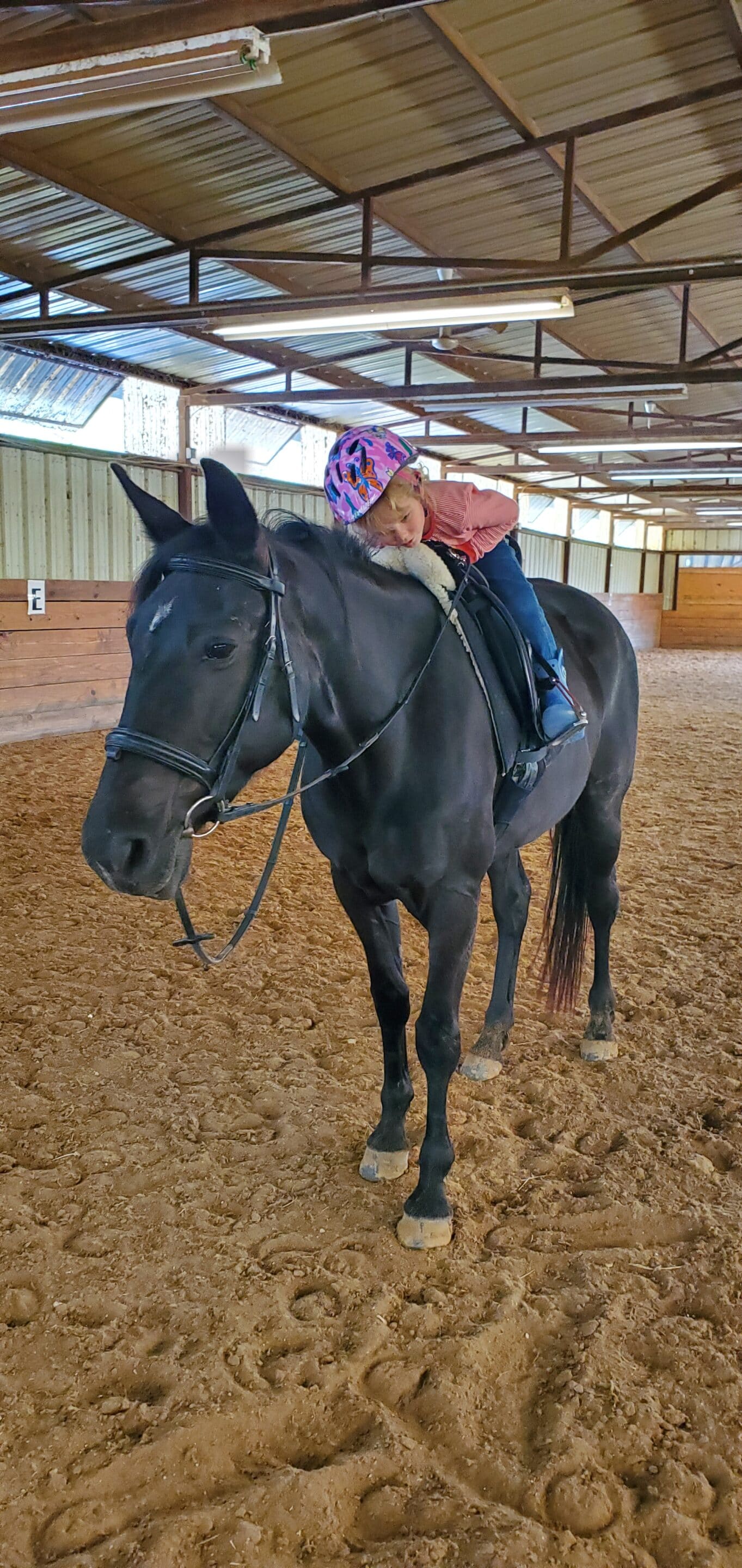

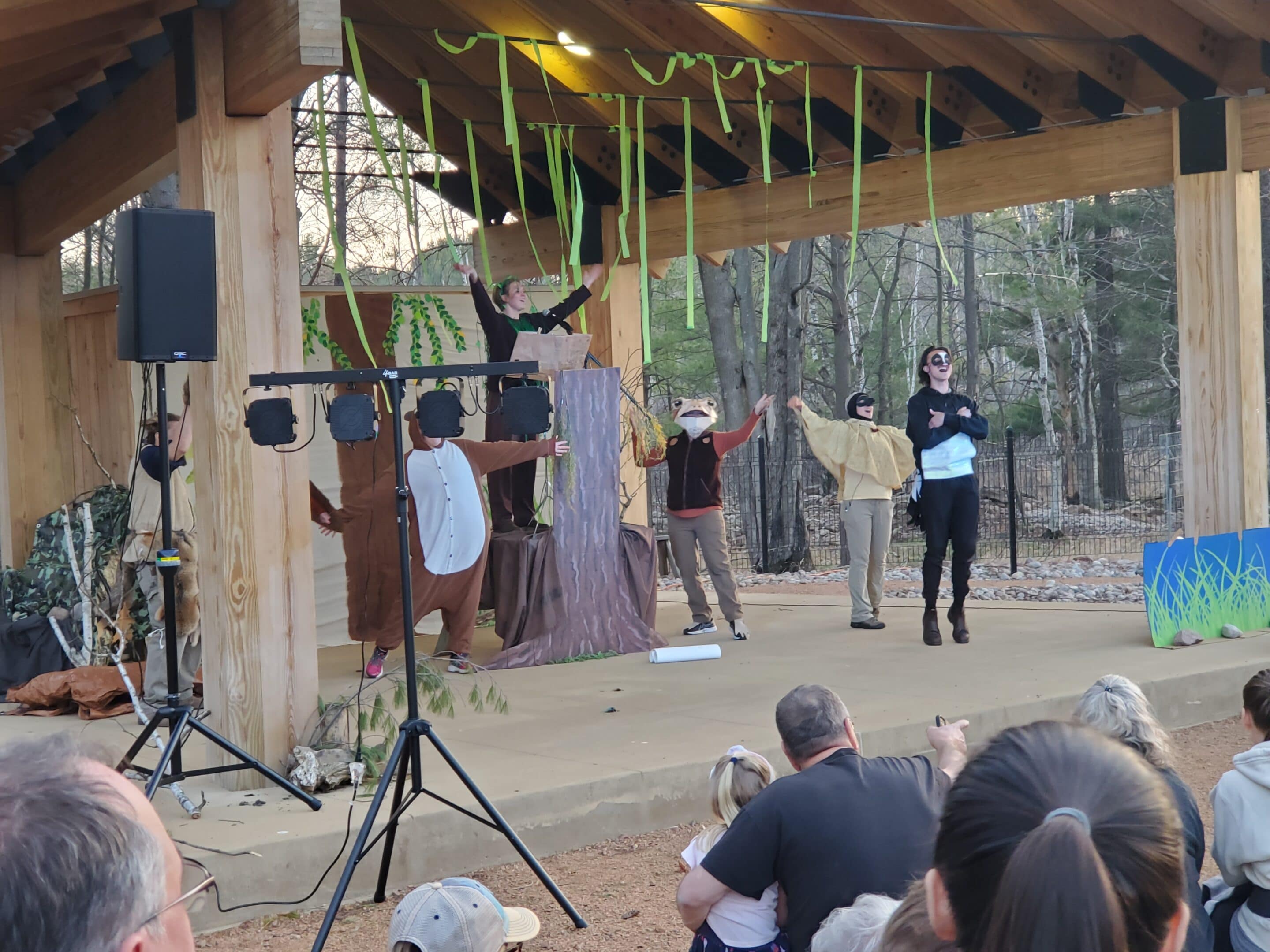


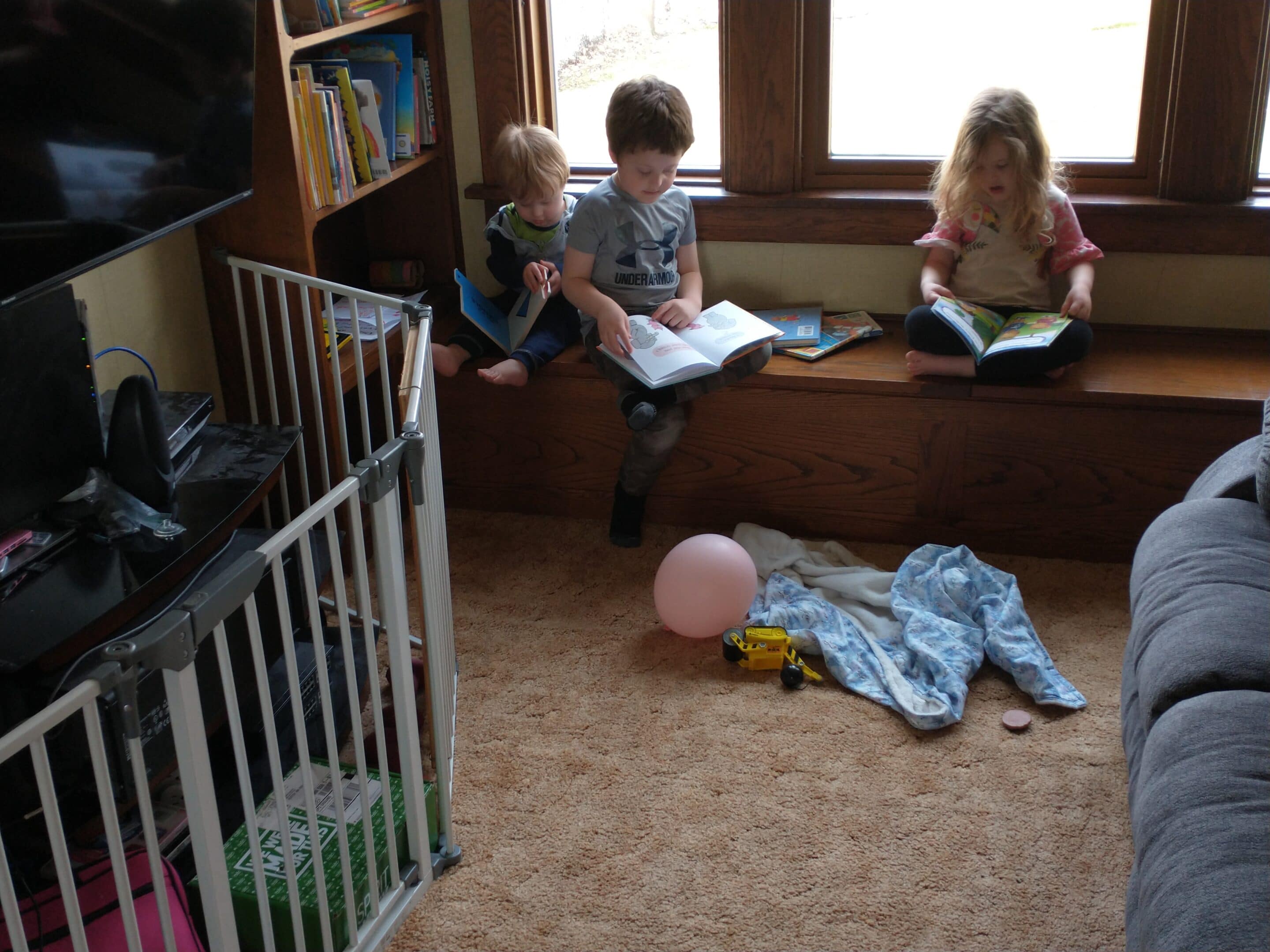




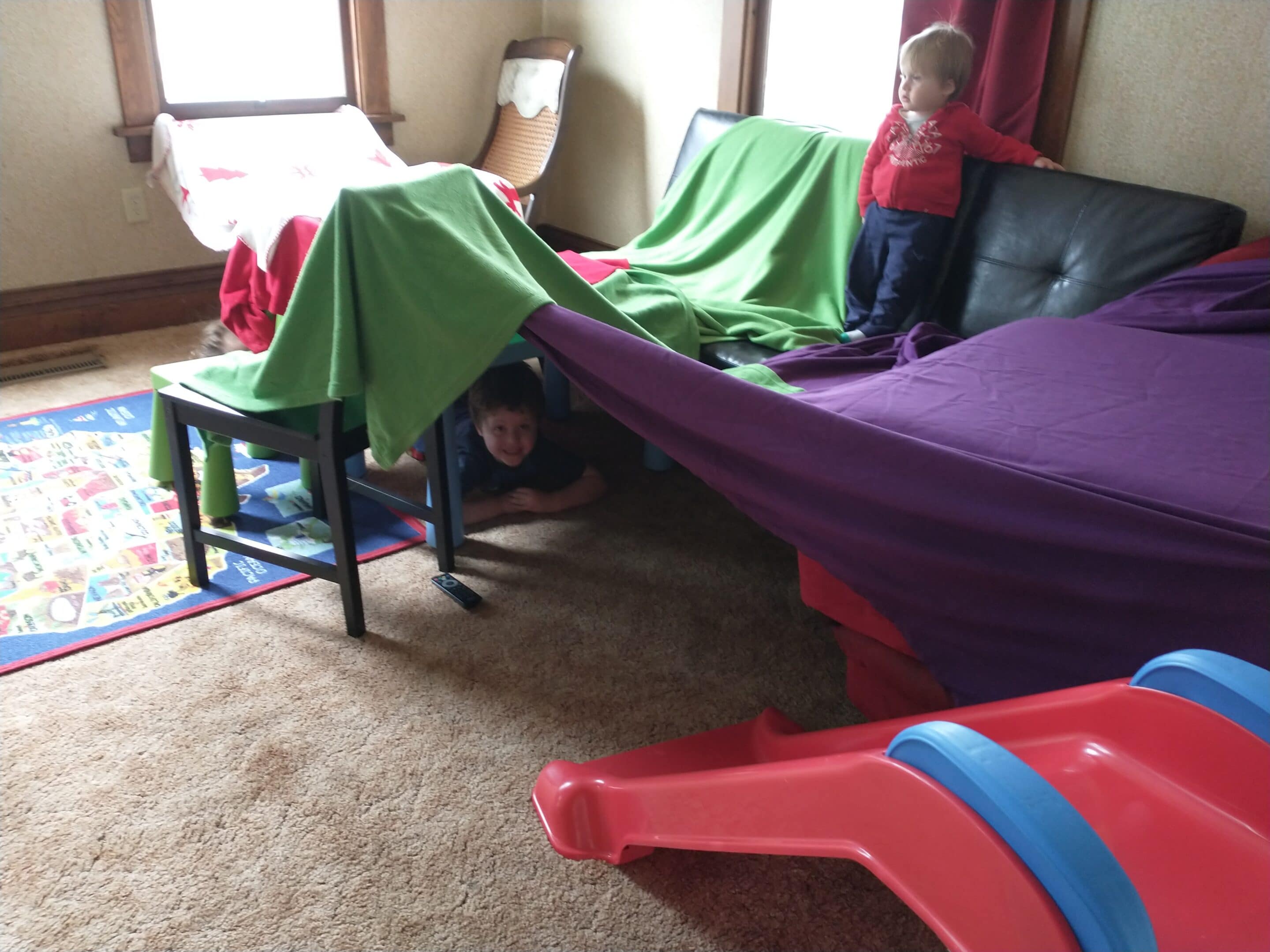
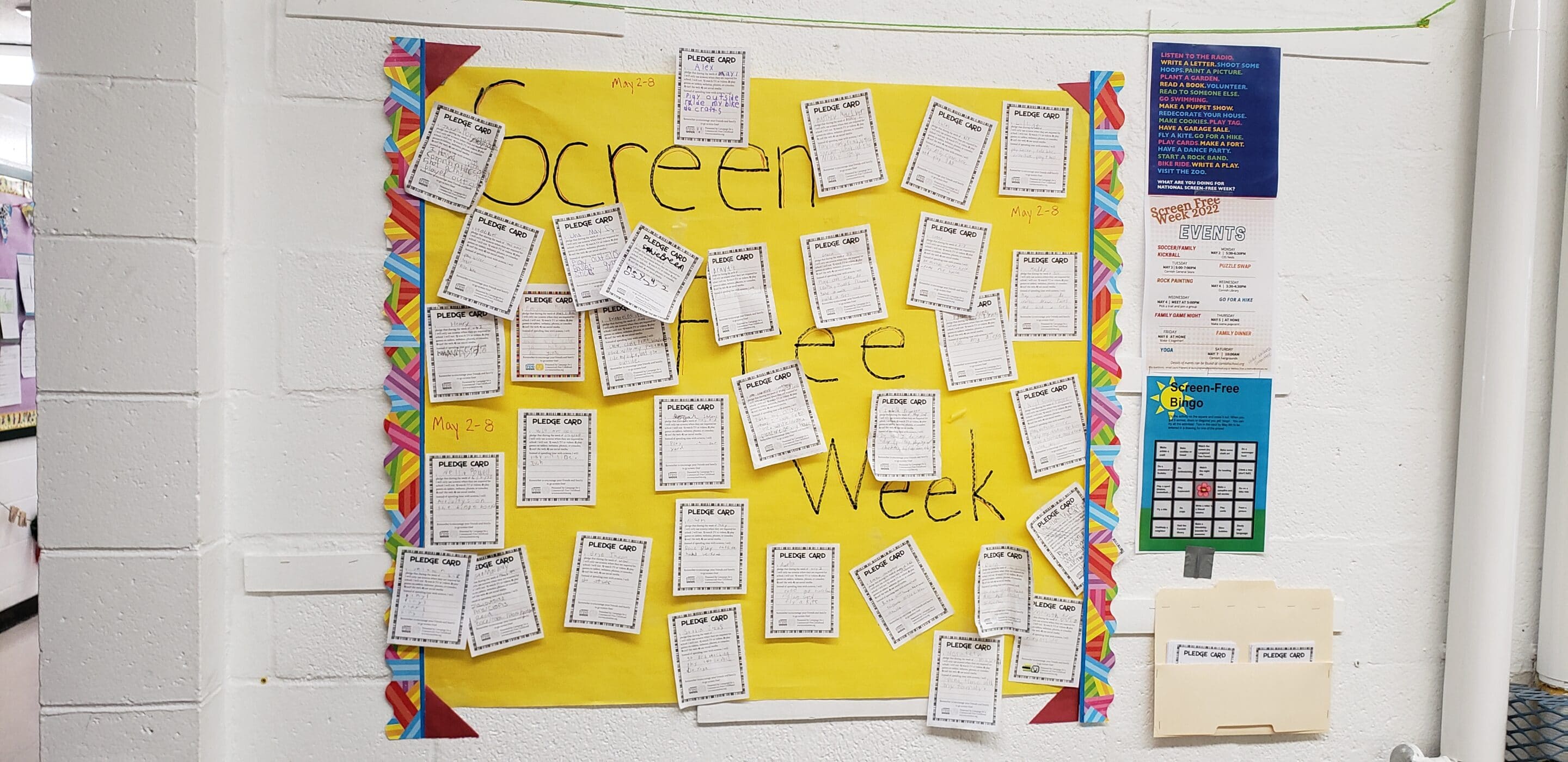
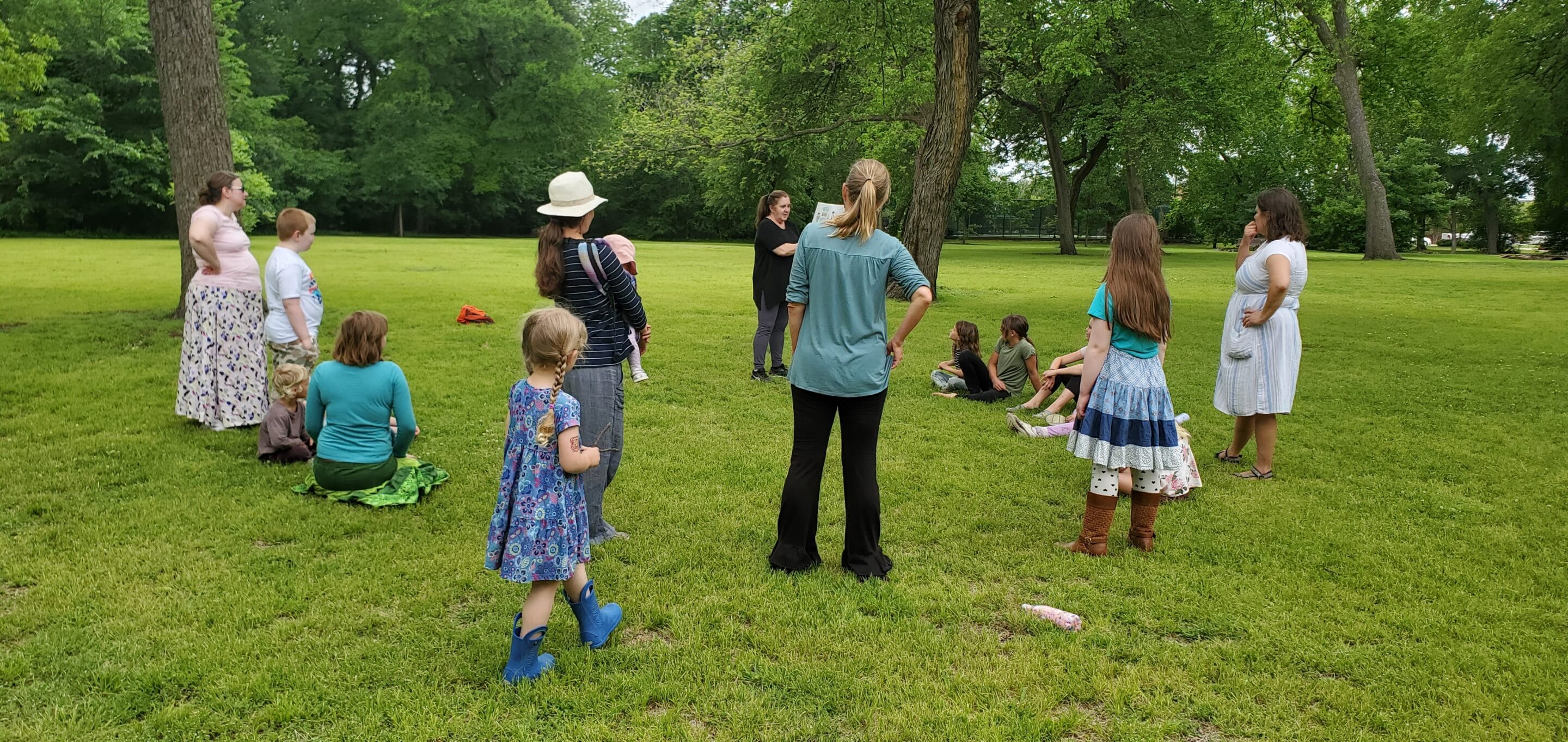
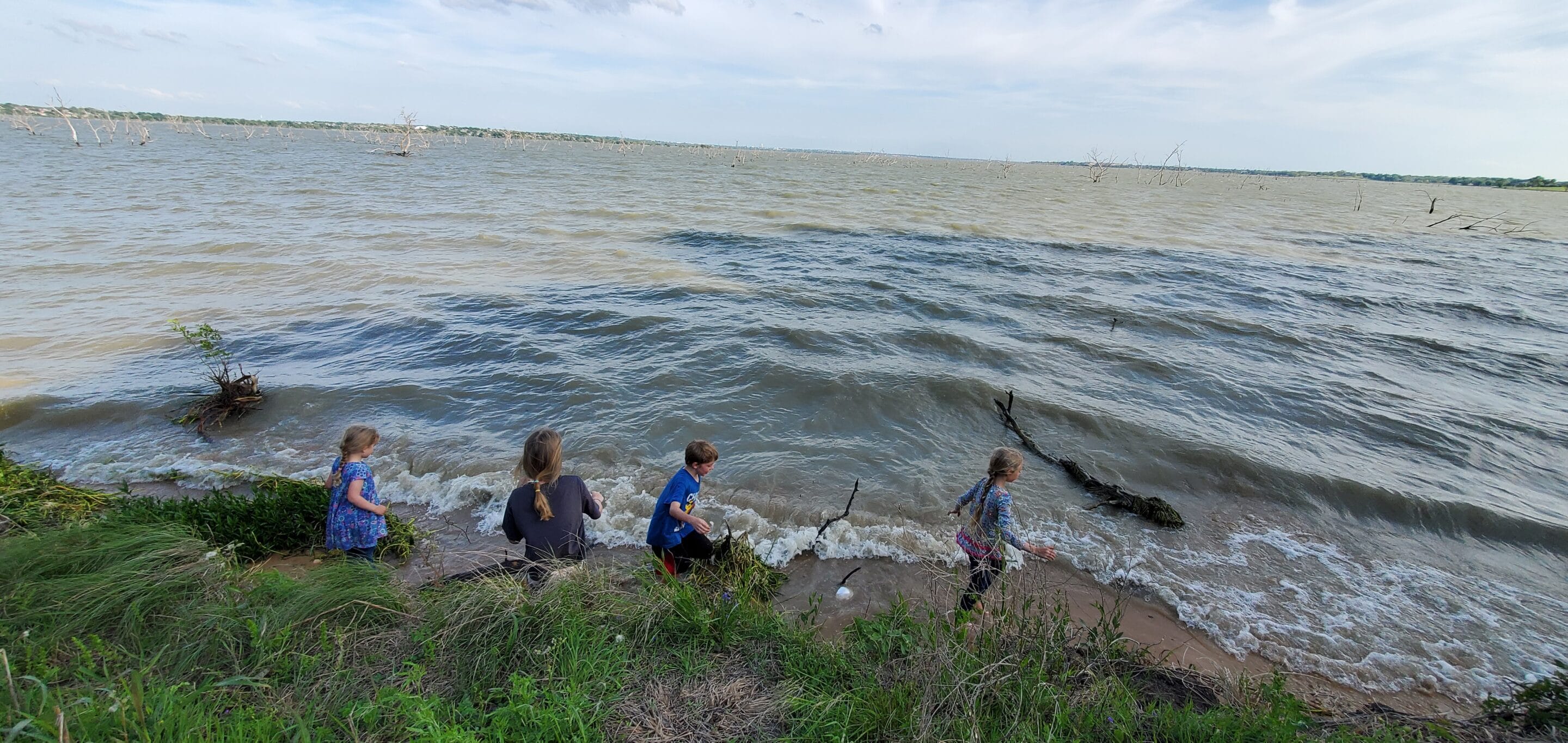
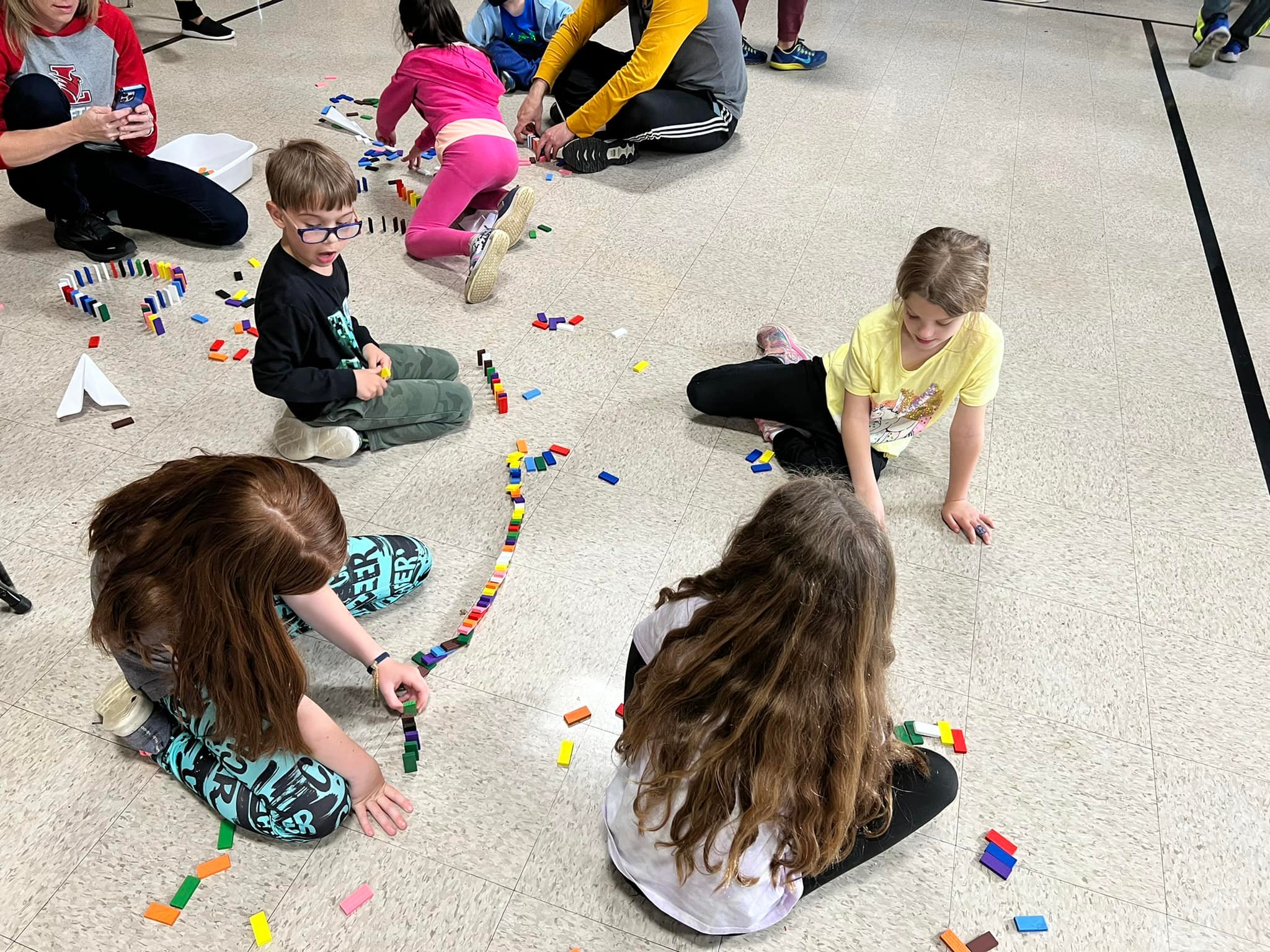
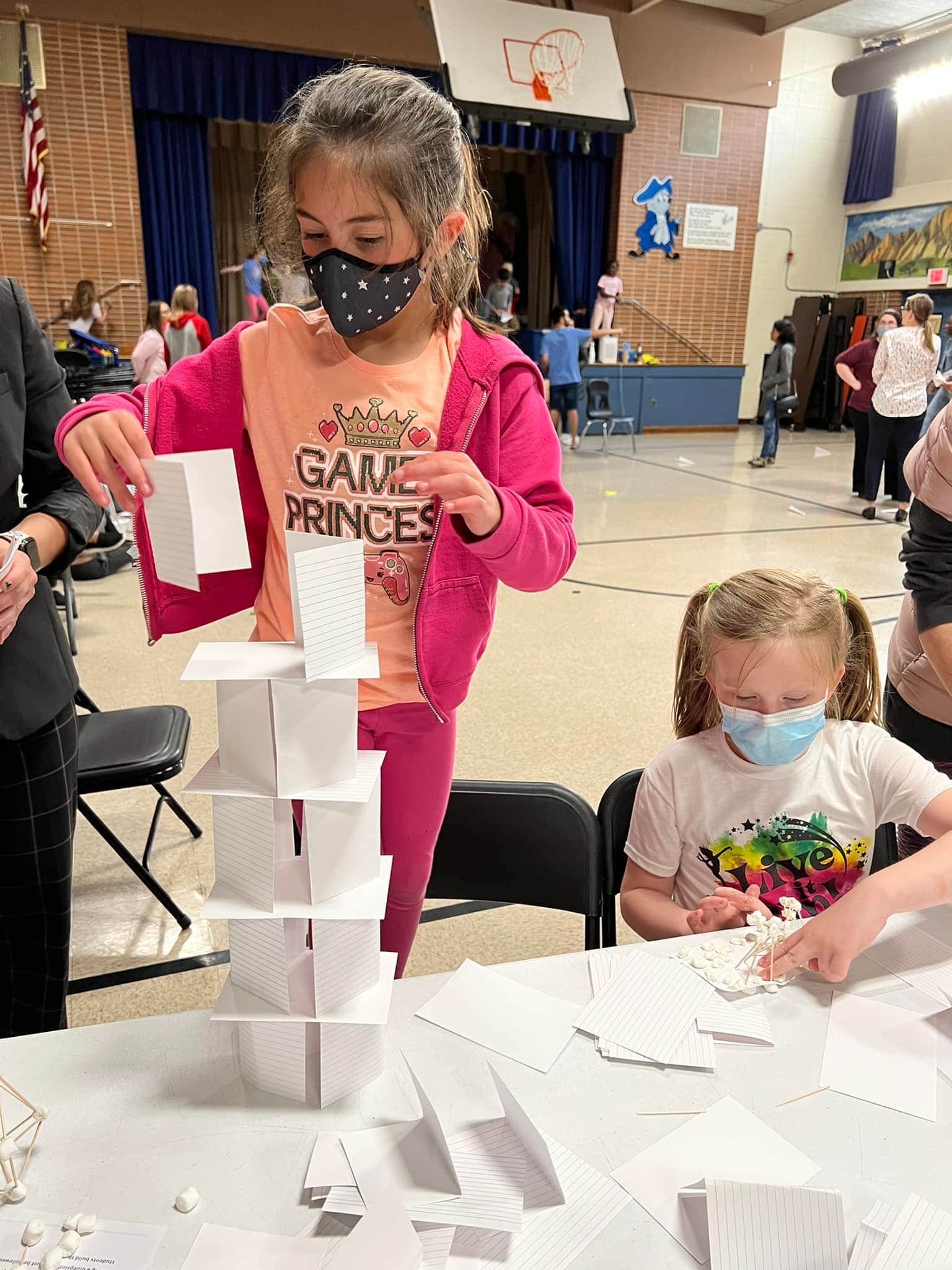
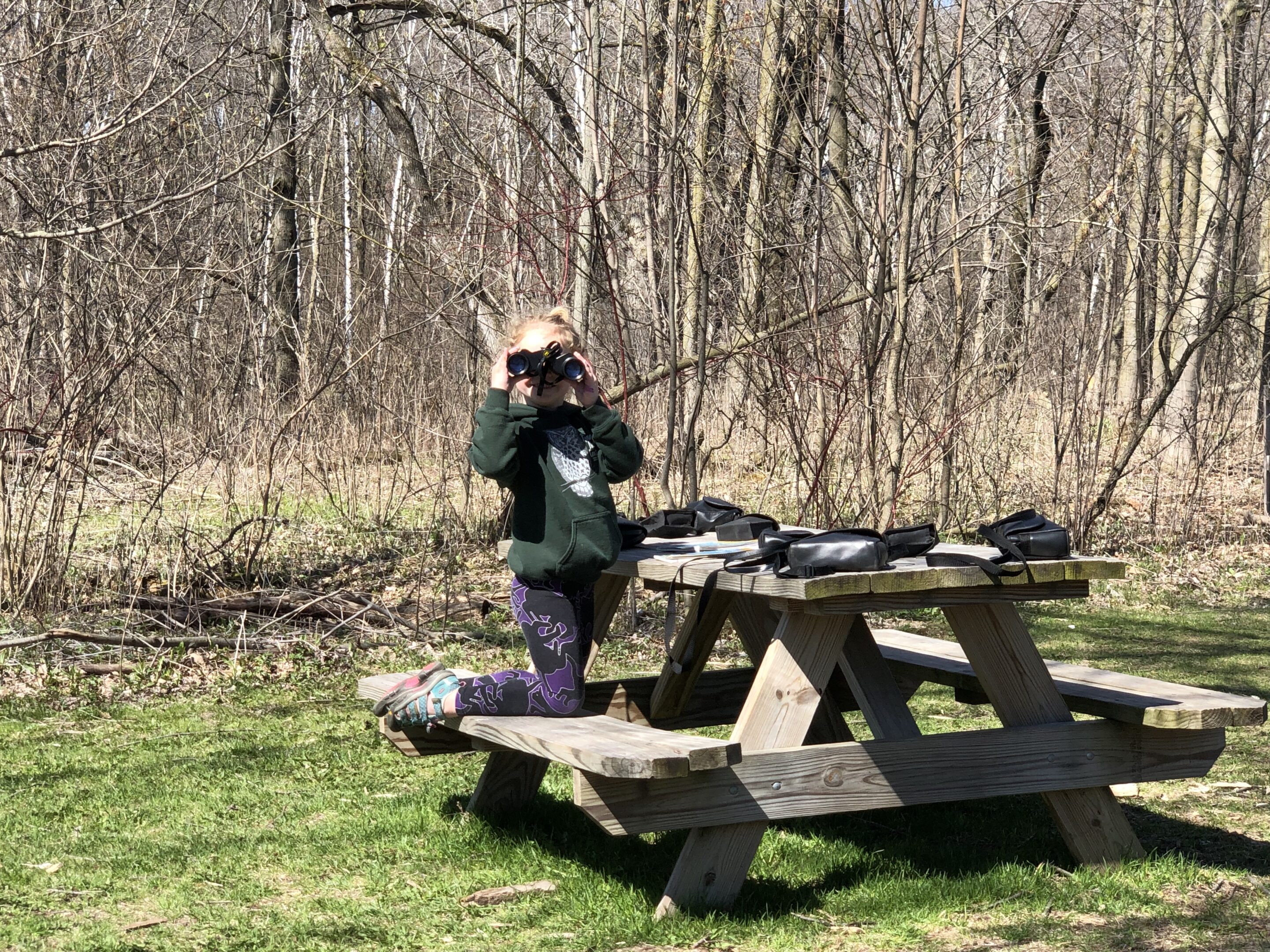

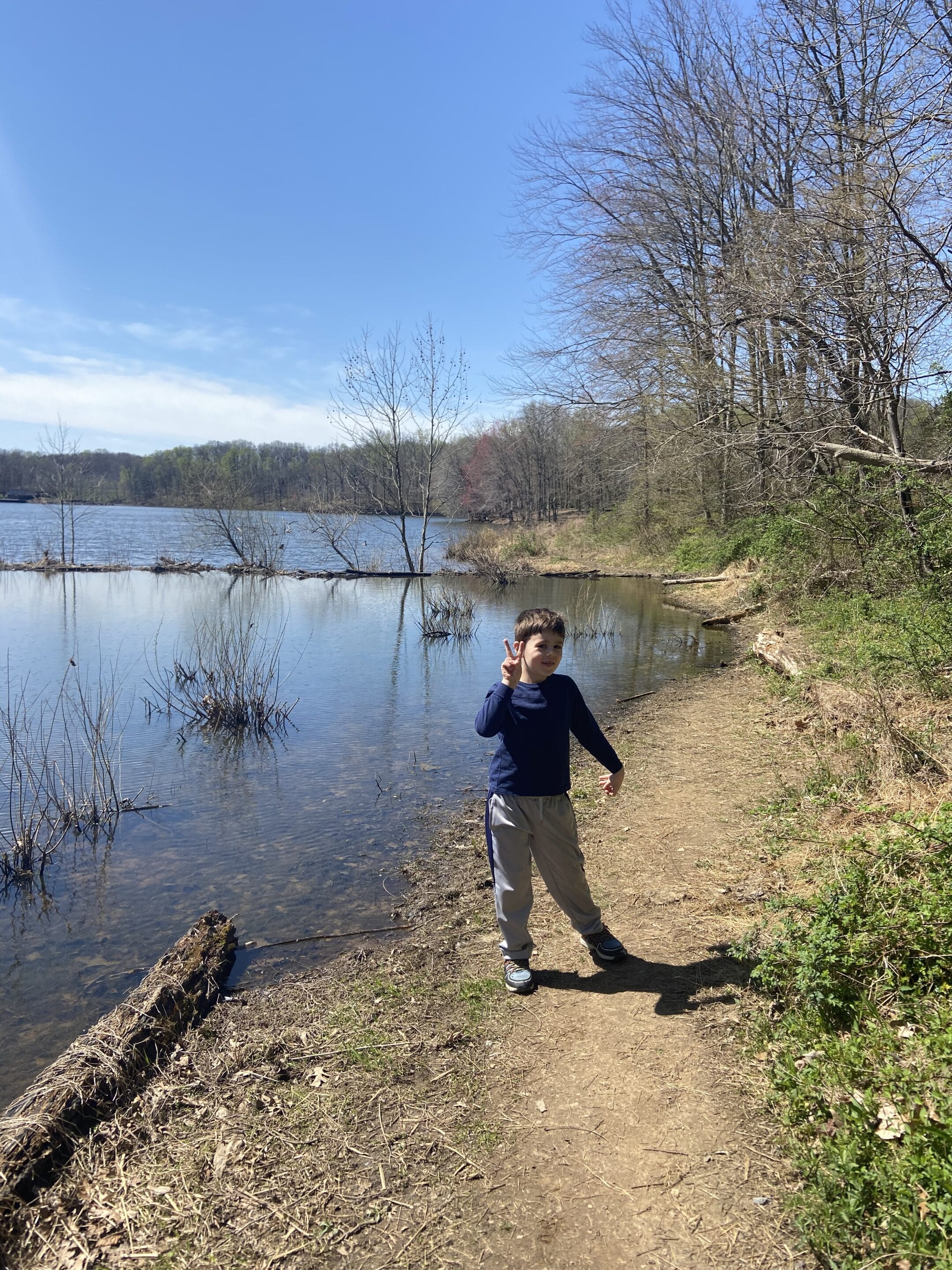
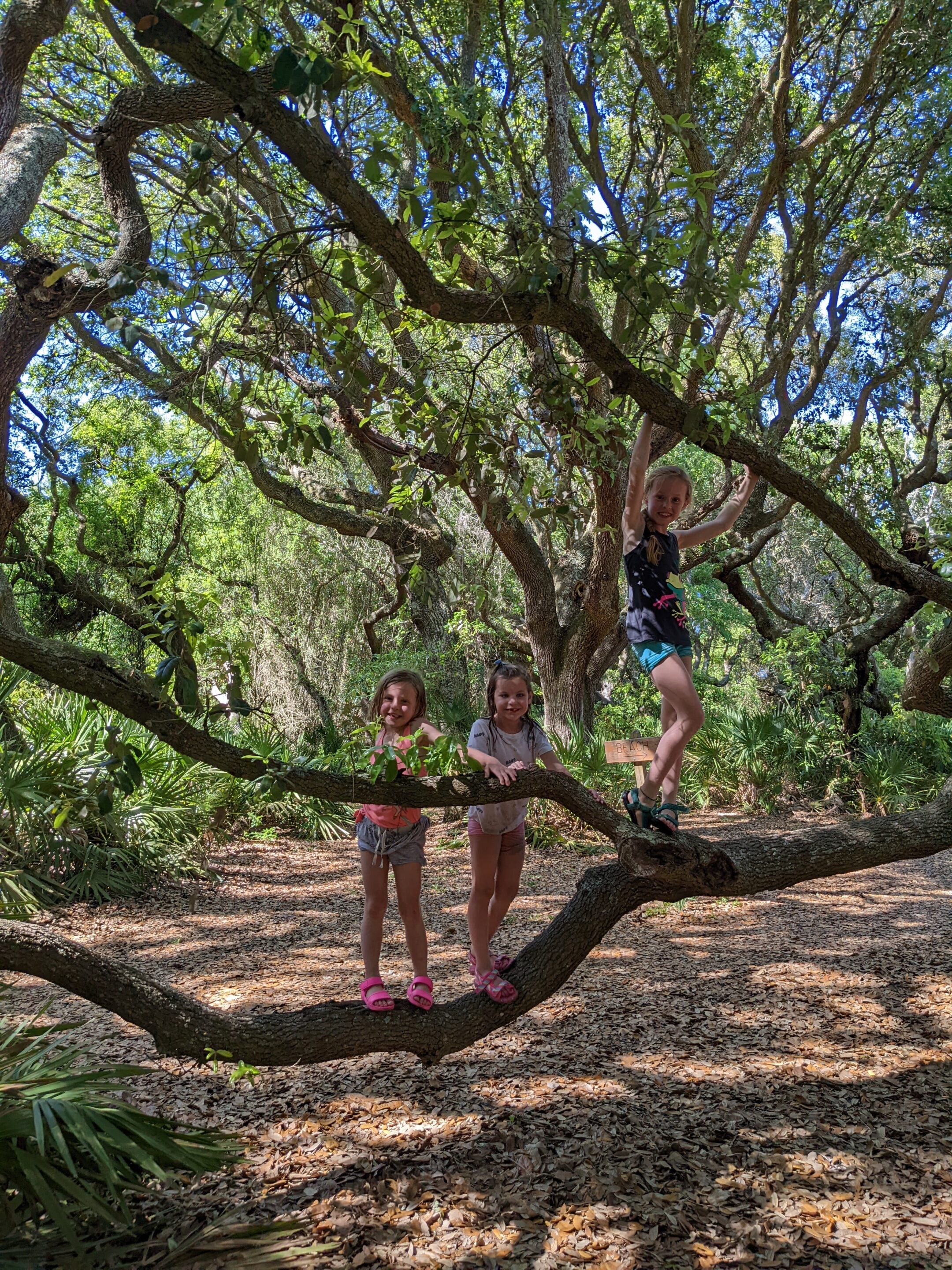
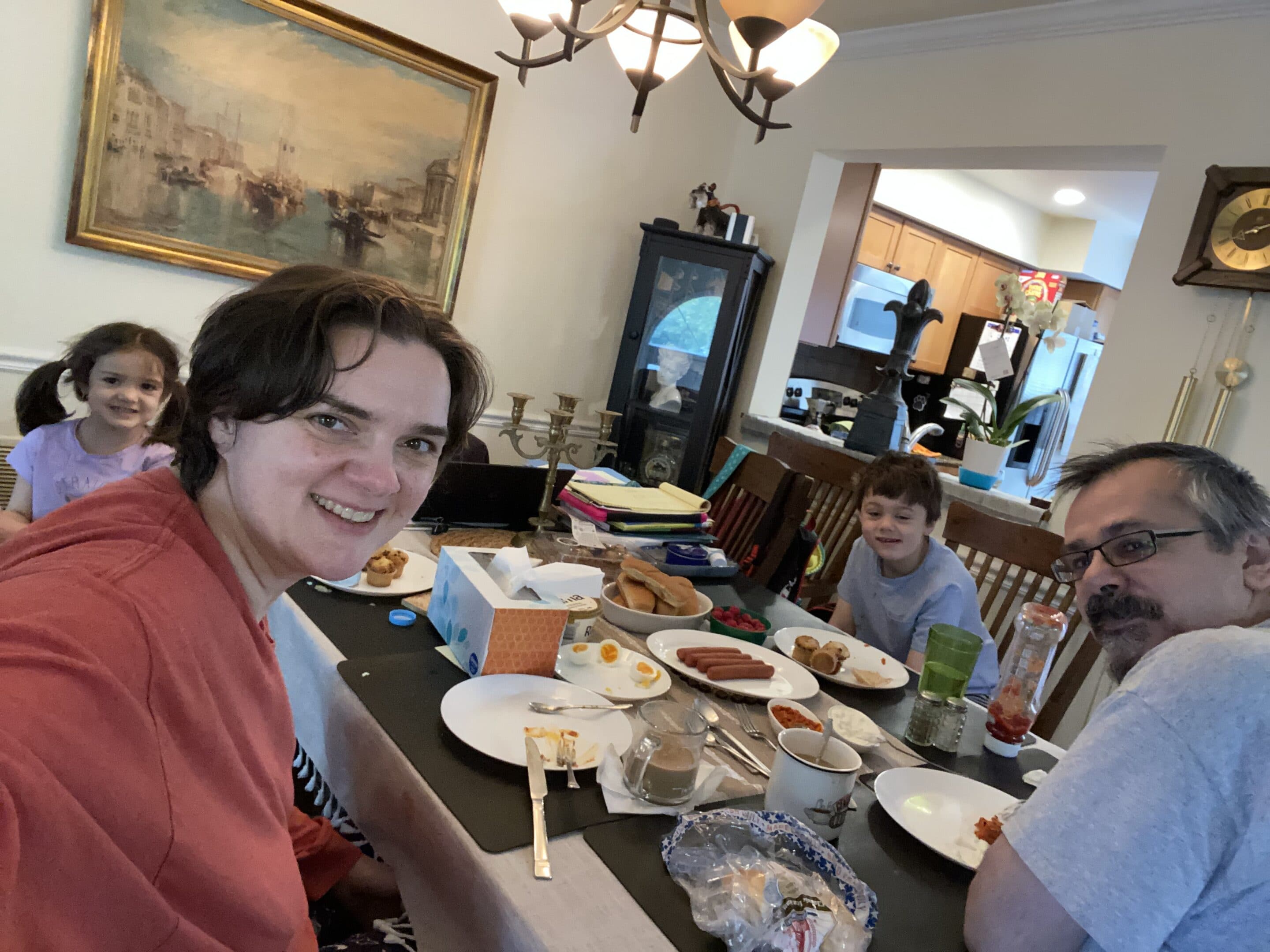
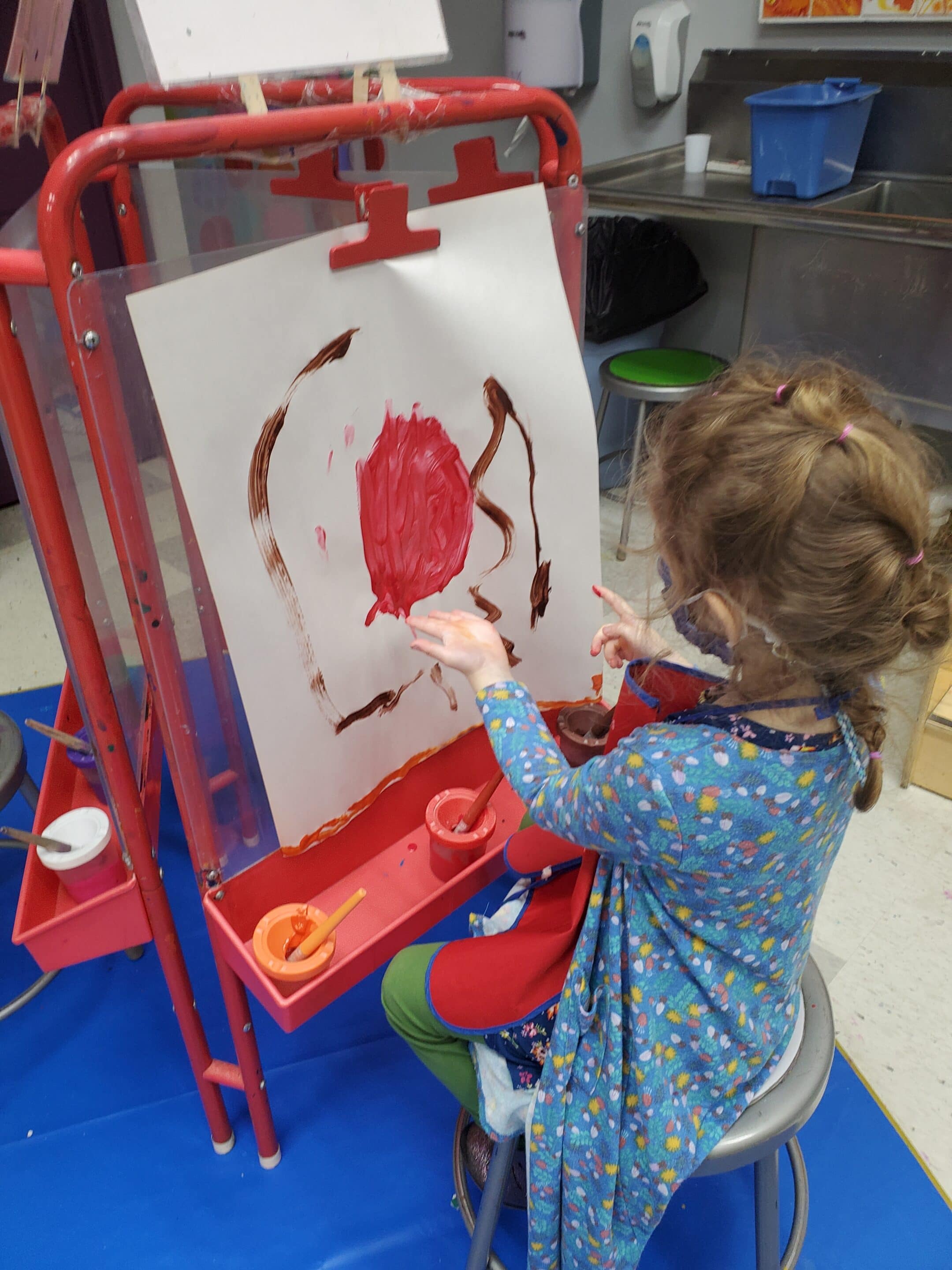
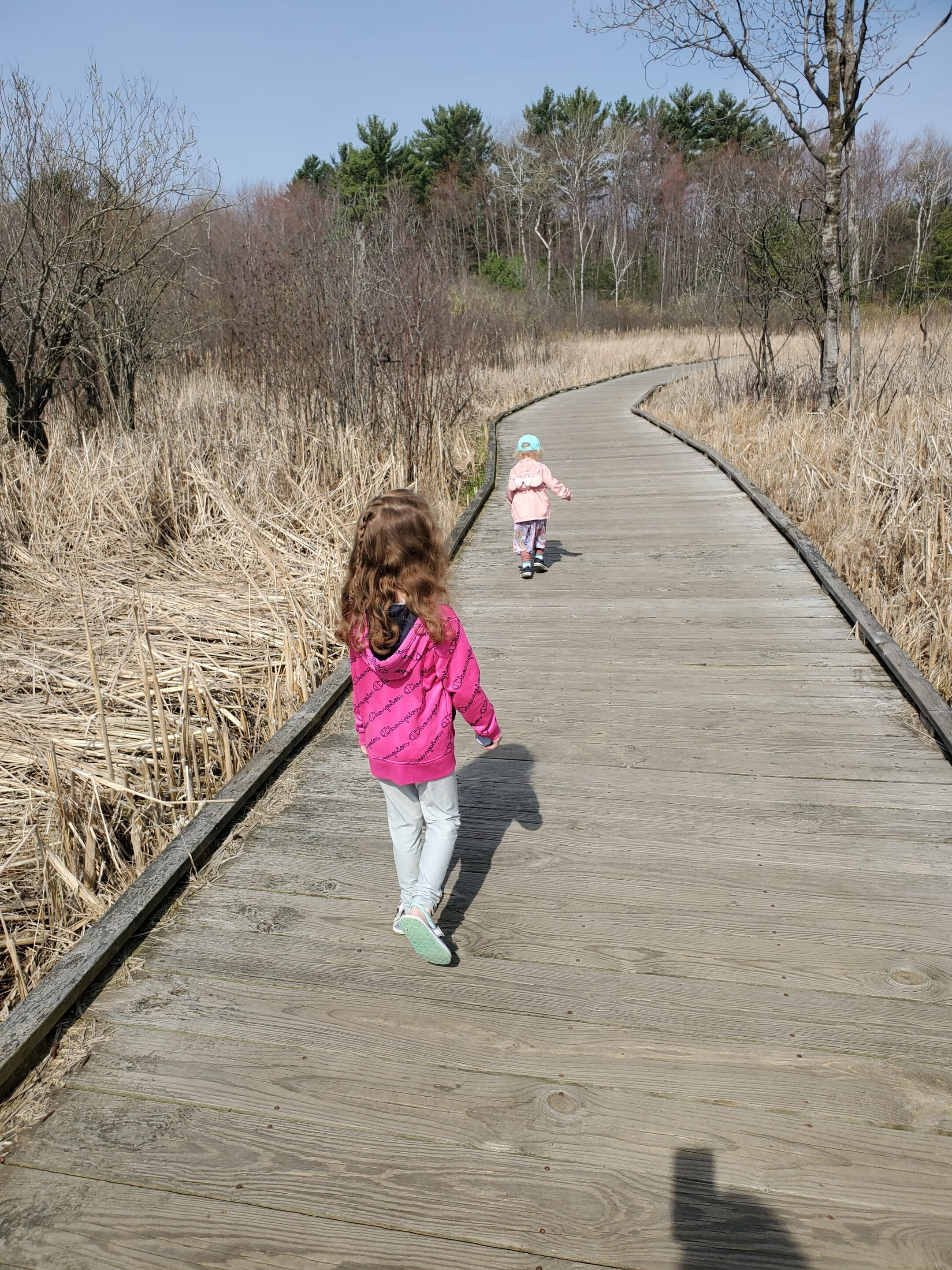




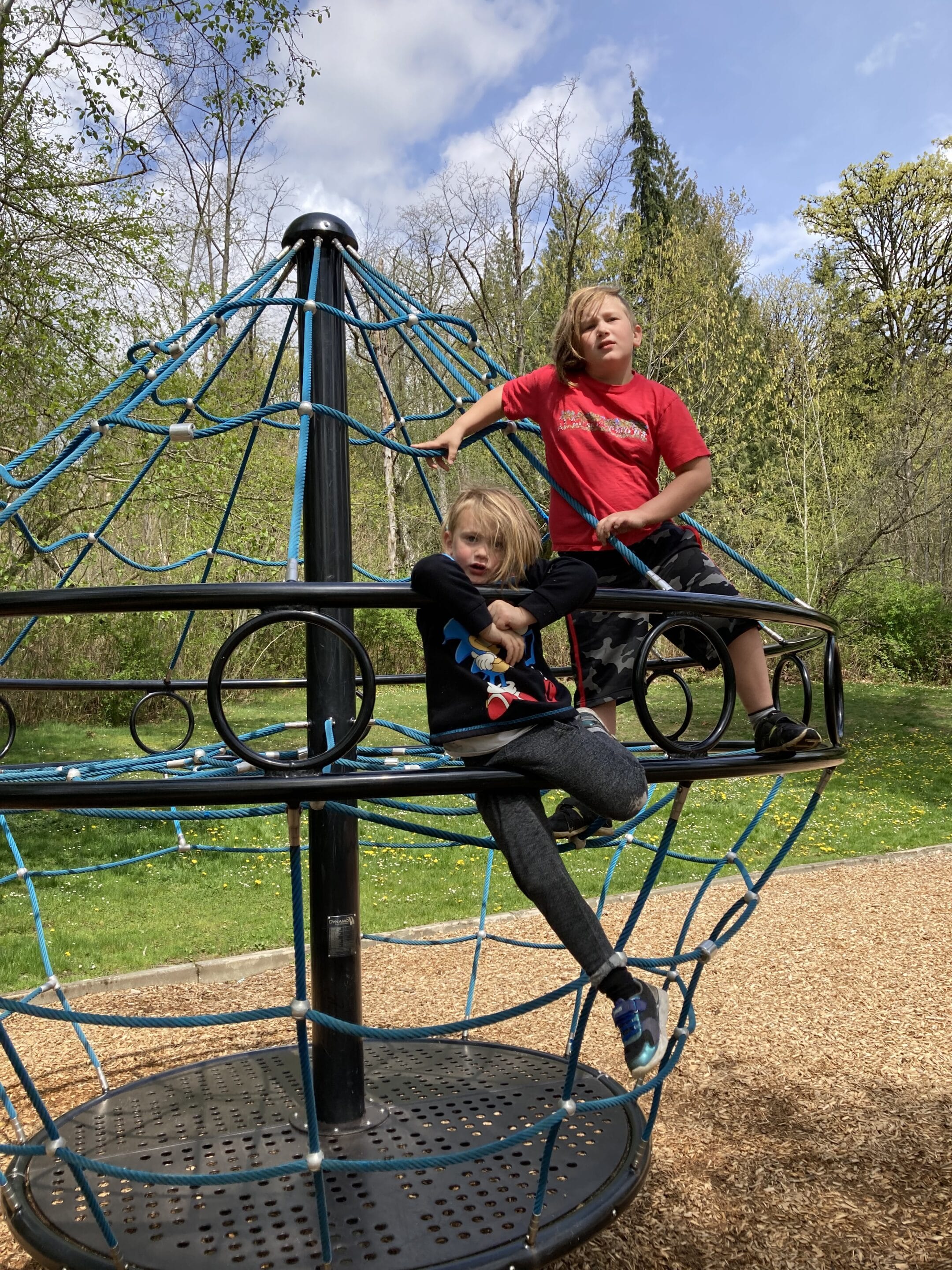
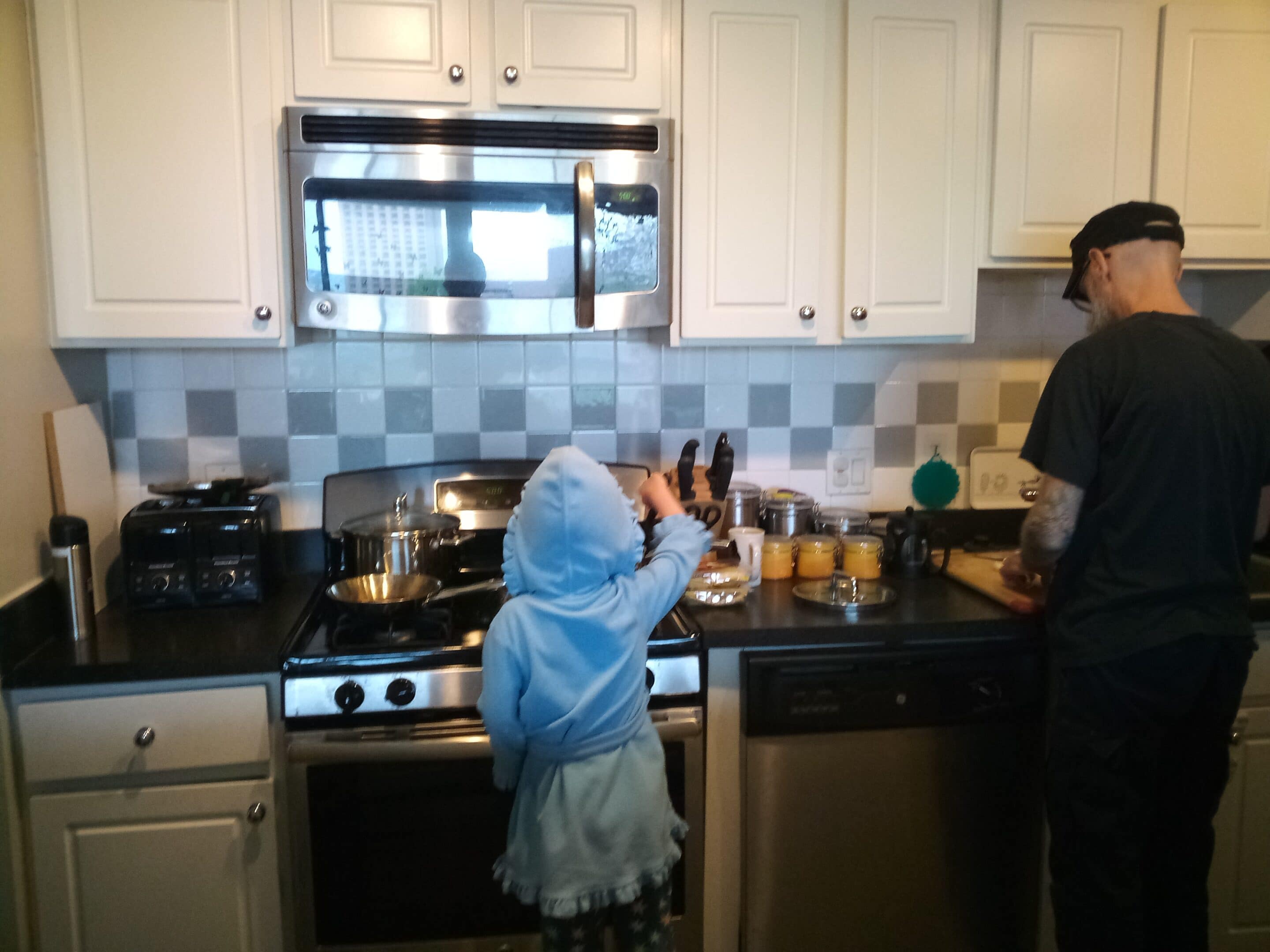


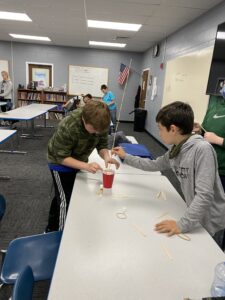
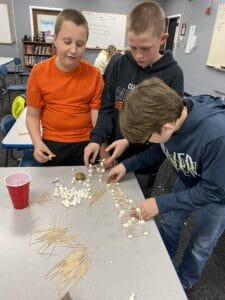



 In my book,
In my book, 



 My disclaimer is that I do try to keep a low-tech life year-round, as someone who intentionally does not have a smartphone…because I unintentionally seem to have a predisposition to tech addiction, as I imagine many well-functioning adults these days do. A wealth is being written on the subject of digital time-sucks and attention-destroyers, from
My disclaimer is that I do try to keep a low-tech life year-round, as someone who intentionally does not have a smartphone…because I unintentionally seem to have a predisposition to tech addiction, as I imagine many well-functioning adults these days do. A wealth is being written on the subject of digital time-sucks and attention-destroyers, from  During Screen-Free Week, I do myriad mundane things that, without technology at the helm, have me being more satisfied, creative, and connected–socially and naturally. Because of this dedicated event, when I have the impulse to look something up online, regardless of how fast and efficient I may be, I pause to remember the
During Screen-Free Week, I do myriad mundane things that, without technology at the helm, have me being more satisfied, creative, and connected–socially and naturally. Because of this dedicated event, when I have the impulse to look something up online, regardless of how fast and efficient I may be, I pause to remember the 